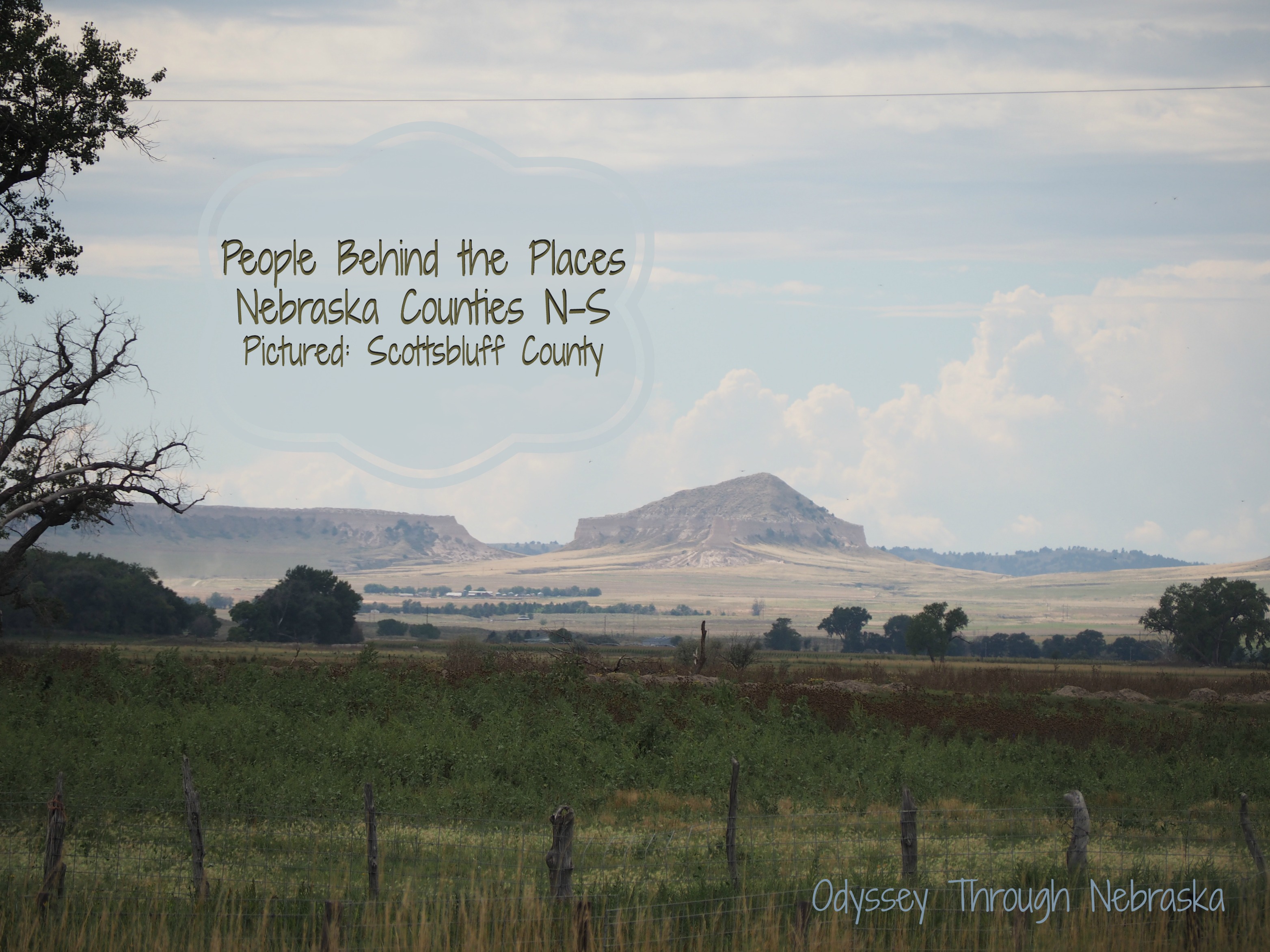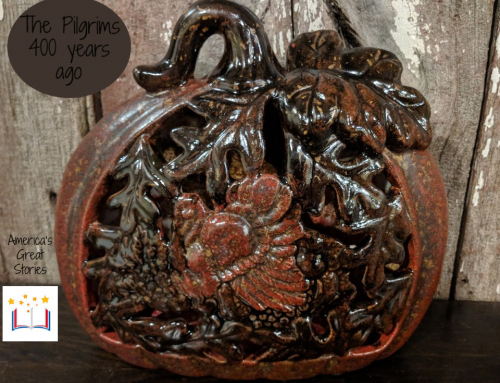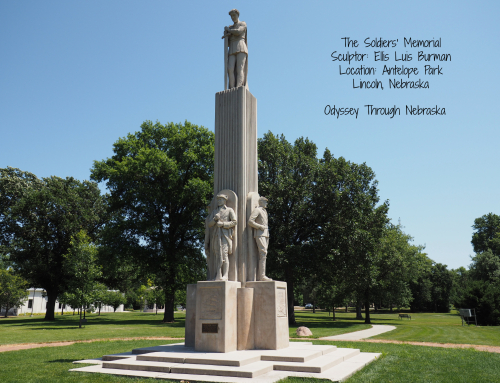Grasping the length of time necessary to identify all of the Nebraska counties escaped me. 93 counties was a theoretical number to me before. Now I am realizing just how “wide” and “tall” Nebraska is. I have enjoyed reading the stories in Perkey’s Nebraska Place Names. (And if I found out any more information on any websites, I provided a link!) (Note: No “O” or “Q” counties!)
Nance: Acting Nebraska Governor Albinus Nance was given this honor in 1879. (Good thing they went with his last name, rather than his first, or those residents would have to practice their spelling! 🙂 )
Nuckolls: A founder of Nebraska City, Stephen F. Nuckolls, was also a territorial congressman. Of course, he ended up leaving the state for his Coloradan mining interests. But according the Nebraska State Historical Society. many members of his family also made Nebraska contributions to our state.
Otoe: Named for the Oto Indians (not sure about the discrepancy in spelling.) They were in fact some of the original residents of this county having relocated from the Michigan area. They were also the original founders of Ashland (formerly known as Patterson according to Nebraska Studies.
Pawnee: Named for the Pawnee Indians. This tribe lived further west than their county namesake but were still given the honor of a name. But not the land.
Perkins: Possibly Charles E. Perkins, who happened to be president of the Chicago, Burlington and Quincy Railway. Or Joseph Perkins of Grant. (Could not seem to find out any information about him).
Pierce: In 1856, the current President was Franklin Pierce, and he given a Nebraska county name. This was an earlier Nebraska county as it was established eleven years before the state was official.
Polk: President James K. Polk was the man behind this place.
Richardson: An Illinois man, William Richardson would become the third territorial governor of Nebraska.
Sarpy: Notable Nebraskan, Colonel Peter A. Sarpy, operator of the Bellevue “Trader’s Post”, lived in this area. He established several trading outposts and towns in Nebraska. Being married to an Omaha Indian woman, the tribe called him “White Chief.” According to Nebraska Social Studies, he lived an interesting life and contributed much to his locale.
Saunders: Acting Nebraska territorial governor, Alvin Saunders, allowed this county to be renamed for him in 1862. Original name: Calhoun
Scotts Bluff: Kind of a place (noted landmark in Platte Valley) and person, Hiram Scott, an earlier Nebraska traveler who perished at the spot. If only he had known just how many people would know his name. Okay, maybe they would not recognize who he was specifically, but the bluff was a key trail landmark.
Seward: Abraham Lincoln’s Secretary of State: William Howard Seward.
Sheridan: Civil War General Philip H. Sheridan. He was a cavalry man.
Sherman: Civil War General William Tecumseh Sherman. (The Civil War Trust has a great article on him.)
Sioux: Named for Sioux Indians and happens to be the farthest Northwest County in the state. Different Indian Groups were in the area. This county contains the site of the War Creek Bonnet Skirmish Site (p. 43 of the document) that involved Buffalo Bill Cody and Yellow Hair.
Stanton: Secretary of War for two Presidents, Abraham Lincoln and Andrew Johnson, Edwin M Stanton held his from 1862-1867. Previous name of the county: Izard County after the former territorial governor, Mark Izard.
And next week, we will finish the lists of people behind the Nebraska counties. (Then it will be to discover the places behind the counties – not quite as many of those!)







Leave A Comment